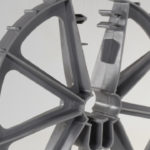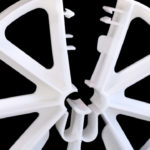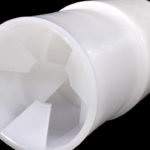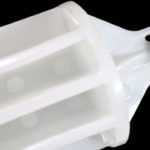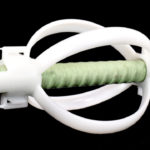DRILLED SHAFTS
Drilled shafts, also referred to as drilled piers, caissons, cast-in-drilled-hole piles or cast-in-situ piles, are high-capacity deep foundation solutions. A drilled shaft is constructed by drilling a cylindrical borehole to design diameter and depth, lowering reinforcing steel (rebar) into the drilled shaft, and then filling the shaft with concrete. The finished foundation element resists compression, tension, and lateral loads.
Advantages of Drilled Shafts
- Provide reliable support for new and existing structures, including buildings and bridges, multiple-shaft constructions for retaining walls and sound barriers, underpinning, slope stabilization and seismic loading
- Can be installed in any type of strata, above or below the ground water table, including sands, clays rock, cobbles, karst, collapsible soils, shrinking and swelling clay, compressible strata such as soft clays, loose sands and even liquefiable soils
- Shafts typically range from 12″-144″ in diameter with the majority falling in the 24″-60″ range
- They can be drilled to depths of more than 250 feet and are capable of supporting large loads, both axially and laterally
- Less noise and vibration than driven piles, reducing risk of ruptures, cracks or vibrational damage to nearby structures
- The integrity of the drilled shaft can be inspected prior to rebar placement and filling it with concrete
- The completed pier has the structural strength to take seismic and wind loading and the need for pile caps is eliminated
COMPLETE PRODUCT LINE
Tell us about your project and we’ll help with the details.


